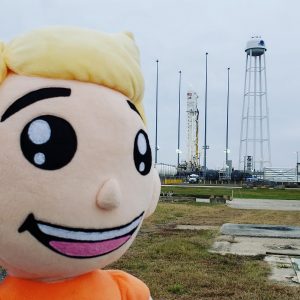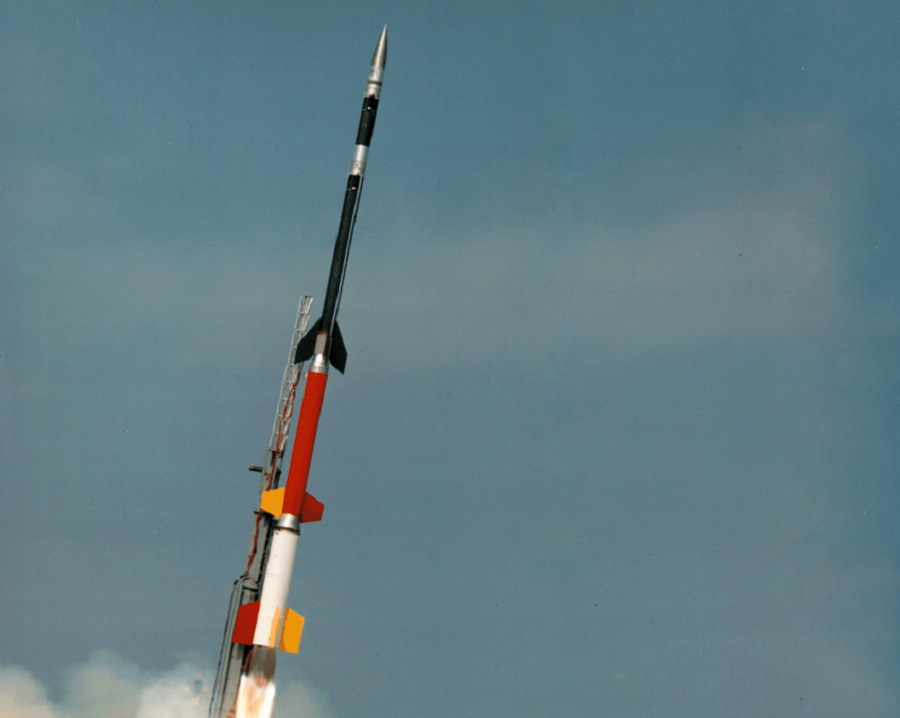
While NASA Kennedy Space Center is perhaps the East Coast’s most famous spaceport, NASA Wallops on the coast of Virginia is going to increase the number of rocket launches lifting off from that part of the coast, bringing visibility to America’s race into space beyond the Florida coast. Launch and space systems company Rocket Lab announced this week that they will launch three new Electron missions for HawkEye 360, the first of which is expected to be in the inaugural launch from Rocket Lab Launch Complex 2 at NASA Wallops.
NASA Wallops is best known for launching space cargo craft missions to the International Space Station. Northrop Grumman launches their Cygnus cargo craft atop their Antares rockets and launches them from Launch Pad 0A.
The facility also launches a variety of sounding rockets and other experimental rockets into space for assorted research missions.

Just weeks ago, Rocket Lab USA broke ground on the construction of a state-of-the-art rocket production complex where the company will manufacture their Neutron launch vehicle next to the NASA Wallops Flight Facility. The 250,000 square foot Neutron Production Complex is being constructed on a 28-acre site there, where Neutron production, assembly, and integration will occur. Construction will soon begin on a launch pad for the Neutron at the southern end of Wallops Island, near Rocket Lab’s existing launch pad for the Electron rocket.
“Neutron is a next generation rocket designed to serve the needs of the civil, commercial and national security space markets and we’re proud to be delivering that capability from right here in Virginia,” said Rocket Lab founder and CEO Peter Beck. “Today, we take a major step toward resilient and assured access to space for the nation – a capability that has become increasingly urgent in recent times. We are excited to grow Rocket Lab’s presence in Wallops, to add highly-skilled jobs to the local economy, and to play a part in reinforcing the Eastern Shore’s strong legacy as an aerospace hub. We are grateful for the continued support of the Commonwealth of Virginia and Accomack County for its enthusiasm in helping to establish Rocket Lab and Neutron on the Eastern Shore.”
The multi-launch contract with HawkEye 360 will see Rocket Lab deliver 15 satellites (five clusters) to low Earth orbit across three Electron missions anticipated between late 2022 and 2024. Rocket Lab will first deploy three HawkEye 360 satellites as part of a rideshare mission, followed by six satellites each on two dedicated Electron launches.

The first HawkEye 360 mission is scheduled to launch from Rocket Lab Launch Complex 2 at Virginia Space’s Mid-Atlantic Regional Spaceport within NASA’s Wallops Flight Facility – a dedicated pad for Electron launches developed to support missions from U.S. soil for government and commercial customers. Encouraged by NASA’s recent progress in certifying its Autonomous Flight Termination Unit (NAFTU) software, which is required to enable Electron launches from Virginia, Rocket Lab has scheduled the mission from Launch Complex 2 no earlier than December 2022. With Launch Complex 2 joining Rocket Lab’s two operational launch pads at Launch Complex 1 in Mahia NZ, Rocket Lab can provide even greater flexibility over schedule, launch frequency and launch location to its global customers. Supporting Rocket Lab’s vertical integration strategy, Rocket Lab will also supply HawkEye 360 with separation systems produced by Planetary Systems Corporation, a Maryland-based space hardware company acquired by Rocket Lab in December 2021.
Rocket Lab founder and CEO, Peter Beck, says: “I’m thrilled to welcome HawkEye 360 onto Electron’s manifest and especially looking forward to launching our inaugural mission from Launch Complex 2 in Virginia. Operating multiple Electron pads across both hemispheres opens up incredible flexibility for our customers and delivers assured access to space, something we know is becoming increasingly critical as launch availability wanes worldwide. This contract also demonstrates continued execution on our vertical integration strategy, in this case bringing reliable launch and flight proven separation systems under one roof to streamline the integration and launch process for HawkEye 360.”
HawkEye 360 COO Rob Rainhart said: “Rocket Lab provides the flexibility we need to fill out our constellation and reach our desired orbits. Their service will drive down our revisit rates in midlatitude AOIs, bringing a higher density of data to our customers. We’re excited to be joining the inaugural launch from Virginia, as a Virginia-based company launching our satellites from our home state.”
HawkEye 360 is unfolding a constellation of radio frequency monitoring satellites, enabling the company to offer precise mapping of radio frequency emissions anywhere in the world. Through these endeavors, HawkEye 360 provides commercial and government customers with insights that have helped to detect illegal fishing, poachers in national parks, GPS radio frequency interference along international borders, and emergency beacons in crisis situations.
The new HawkEye 360 missions should launch from NASA Wallops before the end of the year.